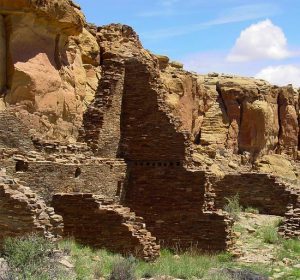Experiencing the Navajo Nation on your own can be an awesome experience. Because the lifestyle, culture, tradition, and history are very different than mainstream America, it is best to see the Navajo Nation through the eyes of a personal Navajo guide. These tours provide you with an experienced guide who has personal connections to the land and is a fountain of information regarding Navajo culture, stories, history, etc.
Visitors can take Jeep, hiking, horseback and self-guided tours at many of the attractions located in Navajoland.
Some popular Parks within the Navajo Nation are:
What’s Required
Experiencing the Navajo Nation on your own can be an awesome experience. Because the lifestyle, culture, tradition, and history are very different than mainstream America, it is best to see the Navajo Nation through the eyes of a personal Navajo guide. These tours provide you with an experienced guide who has personal connections to the land and is a fountain of information regarding Navajo culture, stories, history, etc.
Visitors can take Jeep, hiking, horseback and self-guided tours at many of the attractions located in Navajoland.
The National Park Service requires a guide when going to some places on the Navajo Reservation like Canyon de Chelly (with the exception of the two-mile hike on the White House Ruins Trail) and Antelope Canyon.
Chapter 13. Regulation of Tour and Guide Services
§ 2501. Permits: Navajo Nation Law (Title 5, Navajo Nation Code, §2501 et seq. [Page 934]), as amended, provides for the regulation of tour operators and guide services with the jurisdictional limits of the Navajo Nation. A permit is required by the Navajo Nation for any person conducting or providing guided tour services of any kind. The Navajo Nation is not responsible for tour operators who are not operating within the Navajo Nation laws.
If you decide to take a hike or a self-guided tour of any kind, remember that much of the Navajo Nation is sacred land and should be treated as such. Though individual Navajos do not own the land upon which they live, families hold traditional use rights under tribal customary law. Nearly all land on the reservation is part of someone’s traditional use area. Therefore hiking or cross-country excursions off established roads without permission is trespassing. This law respects property rights and protects the thousands of archeological sites. Tampering with or removing archeological items is prohibited by both tribal and federal law.
Please do not disturb local residents, livestock/cattle, wildlife, and PACK IN & PACK OUT.
Resources for Hiking on the Navajo Nation
The Navajo Nation offers hikers numerous isolated trails and routes for tourists to enjoy. The trails are not improved or maintained, and are usually marked with rock cairns. To reach the trailheads, topographic maps and driving over rough dirt roads are required. Travelers are cautioned to be prepared, as roads can become impassable in wet weather and weather conditions can change very suddenly. Most trails are rated strenuous to moderately strenuous, and good physical conditioning is important. The terrain is rough, water is scarce and the weather is often extreme in most areas.
Be sure to keep these things in mind when you are touring the great land of the Diné people, and enjoy the spectacular scenery and beautiful topography of the land.














